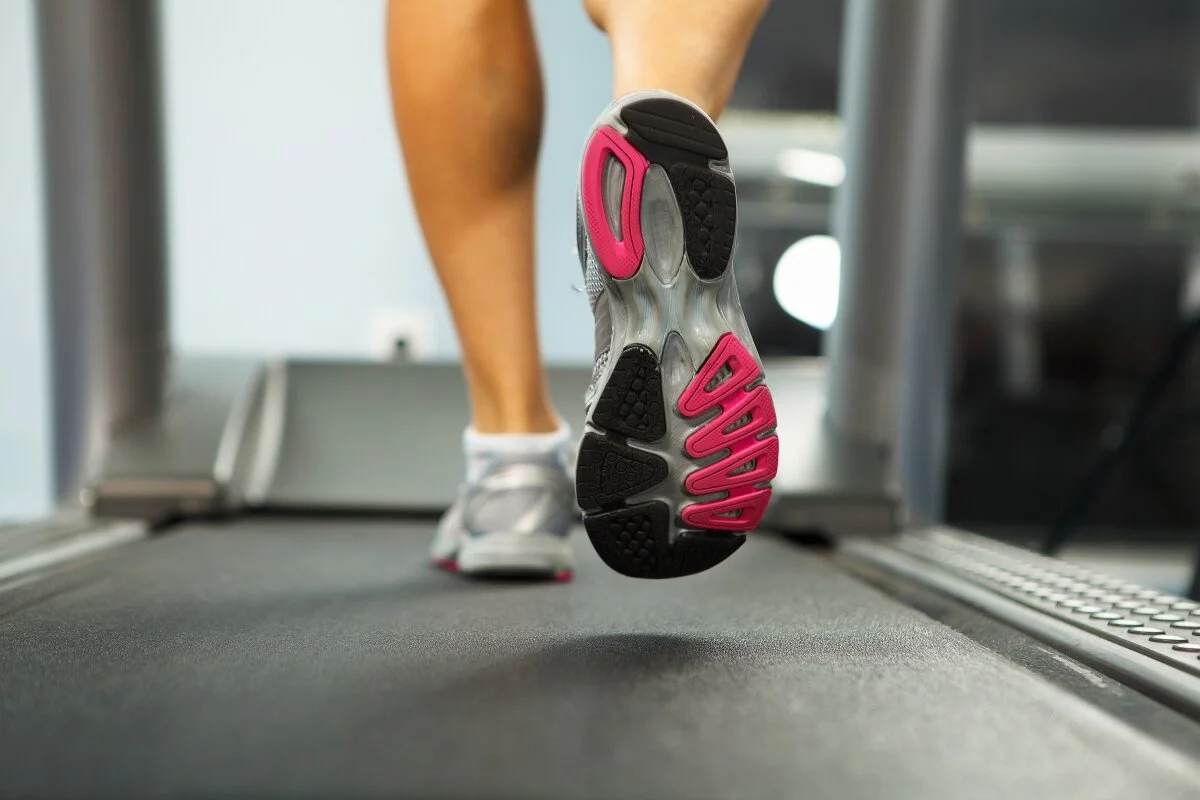
Physical Therapy
Helping You Get Back On The Path
Our Physical Therapists are movement experts who improve your quality of life through prescribed exercise, hands-on care, and direct patient education.
Our PT’s diagnose and treat individuals of all ages, from adolescents to geriatric patients. Many of our patients have injuries, disabilities, or other health conditions that need treatment. However, we also care for people who simply want to become healthier and to prevent future problems.
Our therapists examine each person and then develop a treatment plan to improve their ability to move, reduce or manage pain, restore function, and prevent disability.
Treatments and Programs
Aquatic Therapy
Aquatic therapy (water therapy) can be very effective when you have a condition that makes it painful to put weight on your lower extremities such as arthritis, knee pain, hip pain, or low back pain. Aquatic therapy allow you to function in a pool in a way you wouldn’t be able to during land-based exercise.
Acute Injury Care
Acute injuries are a result of specific impact of trauma that occurs at a specific area of the body, such as tearing a muscle, breaking a bone or injury to the joint. Our primary goal during acute injury management is to control pain and swelling allowing us to return to movement as soon as possible.
ACL Rehabilitation
Our ACL rehabilitation programs take into consideration age, activity level, and the desire to return to functional activities into consideration. We prioritize range of motion and pain management initially and progressively move into more sports specific movements towards the final phase of rehabilitation.
Balance Training
Physical therapists see and treat a variety of conditions related to pain caused by falls, and can also work with patients to identify and address the risk factors that put patients at a higher risk of falls or injury from falls.
Blood Flow Restriction
Blood flow restriction (BFR) is FDA approved to be a safe and effective system that trained medical professionals can use to help patients improve muscle strength. It is done by using pneumatic tourniquet-like cuffs used to restrict blood to the limb.
Chronic Over-Use Rehab
Have you experienced pain for greater than 6 months, or have pain that persists even when an injury has had time to heal? If so you may suffer from chronic pain. Chronic pain may leave you wanting to curl up in bed with a heating pad and a bottle of medication to help ease your aches.
Concussion Management
Lack of balance and coordination, headaches, and dizziness may remain, even after the traditional waiting period of 24 hours has passed. Post-concussion syndrome treatment is especially important to prevent long-term ill effects and to return more quickly to normal activities.
Cupping Treatments
Cups are placed on the skin, creating a vacuum-like seal from the lack of oxygen. The superficial muscle layer is drawn up into the cup, which stimulates the circulation of blood, breaks up adhesions, and creates a pathway for toxins to be drawn out of the body through the lymphatic system.
Dry Needling
Dry Needling is a technique physical therapists use for the treatment of pain and movement impairments. The technique uses a "dry" needle, one without medication or injection, inserted through the skin into areas of the muscle where trigger points are located.
Graston Technique
The Graston Technique has a history of successful outcomes, with 75-90 percent of all conditions treated. It has been effective in treating acute and chronic injuries, as well as restoring function to pre- and post-surgical patients.
Kinesio Taping
The Kinesio Taping Method is a definitive rehabilitative taping technique that is designed to facilitate the body’s natural healing process while providing support and stability to muscles and joints without restricting the body’s range of motion.
Spinal Dysfunction
We treat spinal dysfunctions such as sciatic nerve pain, scoliosis, facet joint dysfunction, herniated discs, and more. Our assessment explores various positions and movements along with how they are performed in order to understand how your body and spine is reacting to each movement.
Orthopedic Therapy
Orthopedic Therapy is a form of physical therapy that aims to improve weakened or injured components within the musculoskeletal system through non-invasive treatments such as exercise and stretching. This type of therapy works with all of the bones, joints, tendons, ligaments, and muscles throughout the body.
Osteo-Arthritic Conditions
Broken bones due to osteoporosis are most common in the hip, spine, and wrist, but any bone can be affected. With osteoporosis, broken bones can occur with a fall, but in some individuals with the disease, a break can occur with simple activities as bending, lifting or even a sneeze.
Parkinson’s Treatment
Parkinson’s physical therapy starts with an evaluation that looks at strength, balance, range of motion, gait, and functional mobility. It establishes where you are at currently, how PT can help get you to where you want to go, and if you are safe for exercise.
Pelvic Health
Pelvic Floor Dysfunction affects many women, especially as a result of pregnancy, delivery, trauma such as a fall or car accident, surgery, obesity, or other pelvic health conditions. Our physical therapists can provide a non-surgical approach to rehabilitation of dysfunctions in the pelvis that contribute to bowel, bladder, sexual health, and pain complaints.
Prehab
Your pre-habilitation plan is an investment in your post-op recovery. You’ll receive a detailed and structured prehab program comprised of daily exercises to prepare you for surgery and help you achieve your goals. y planning ahead, a physical therapist can help make that process of recovery much easier and help ease the pain.
Post Op Surgical Therapy
Post-surgical physical therapy doesn’t just help ensure proper recovery, it also helps patients get moving again after surgery. Many times, surgery can make you feel debilitated and leads to long stretches at home where you live a mostly sedentary lifestyle. Physical therapy after surgery helps to get you out of the house, back into the world and being social again.
Sports Injury Screens
It’s no secret that sports and other recreational activities can lead to injuries. Sports injury screenings are custom-designed for schools, affiliated organizations and individual patients. Sports injury screenings are often paired with functional movement screenings, which are used to evaluate athletes’ movement patterns, functional limitations, and joint stability when in motion.
Running Analysis
As our feet strike the ground while we walk or run, forces from the ground reciprocally act back on our bodies. These forces can result in wear and tear of the joints, muscles, and ligaments while causing pain in already tender areas. Each running analysis program is unique as it will be designed specifically for your condition, training, and goals.
Telehealth
Now you can do physical and occupational therapy from the safety and comfort of your home. Connect with your therapist through a secure, two-way video-call system on a computer, laptop, smartphone, iPad or tablet. All you need is to schedule an appointment – we’ll give you a link and you’ll be ready for your therapy session.
Total Joint Replacement
Your recovery from joint replacement surgery should start before the operation even takes place. Having a joint replacement is an important decision and can dramatically decrease joint pain and improve your quality of life. Attending as little as one pre-operative physical therapy session can help reduce the amount of post-surgical care and lead to faster and more efficient recoveries.
Strength Training Programs
Our strength training and resistance training programs work your muscles by utilizing weighted, cable, and bodyweight exercises. This type of exercise increases lean muscle mass, which is particularly important for phase III of the rehabilitation process and will allow you to return to your functional activities faster.
Vestibular Rehab
Physical therapy has been one of the most successful forms of treatment for vestibular disorders. By assessing your symptoms, our physical therapists will determine the best course of treatment in conjunction with your physician. Our trained physical therapists can eliminate your symptoms as well as improve your balance, your safety, and your function in daily life.

























